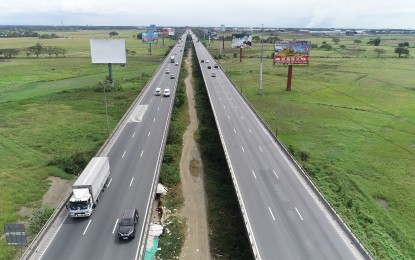
FOR REHAB. The Candaba Swamp in Pampanga province is about 60 kilometers northeast of Manila. It overflows during the wet season. (PNA file photo)
MANILA – The Climate Change Commission (CCC) on Friday said the Candaba impounding facility would become a total water ecosystem resolving massive flooding problems while providing a sustainable ecological and environmental hub in Pampanga.
In a statement, CCC Commissioner Albert dela Cruz Sr. noted the construction of the impounding system in the municipality’s swampy area "will not disrupt the livelihood and affect the well-being of the locals."
“Makakatulong din ito sa pangangalaga ng ating biodiversity sa Candaba swamp at maaaring din itong maging lugar para sa ecotourism tulad ng (This could help in the caring of biodiversity in Candaba swamp at this could also be a venue for ecotourism like the) La Mesa Nature Reserve in Quezon City,” dela Cruz said.
He noted that the peripheral portions of the impounding facility could be planted with bamboo, providing livelihood opportunities for residents, while enhancing measures for flood control, landslide aversion, and soil degradation.
"Also, makakatulong din ito sa ating inisiyatibo para matugunan ang impact ng climate change at global warming sa ating bansa (this could help our initiative to address the impact of climate change and global warming in our country,” he said.
"Being a total water ecosystem, it could also provide additional water source for the National Capital Region and outlying areas while presenting the possibility of creating auxiliary energy supply from its water resource."
President Ferdinand R. Marcos Jr. has called for the study of the Candaba impounding system as a long-term solution to the lingering problem of massive floods in Central Luzon.
The project was initially proposed by former Department of Public Works and Highways secretary Rogelio Singson in 2013.
However, local officials opposed its construction, citing that more than 9,000 residents and some palay farmers may be affected. (PNA)
